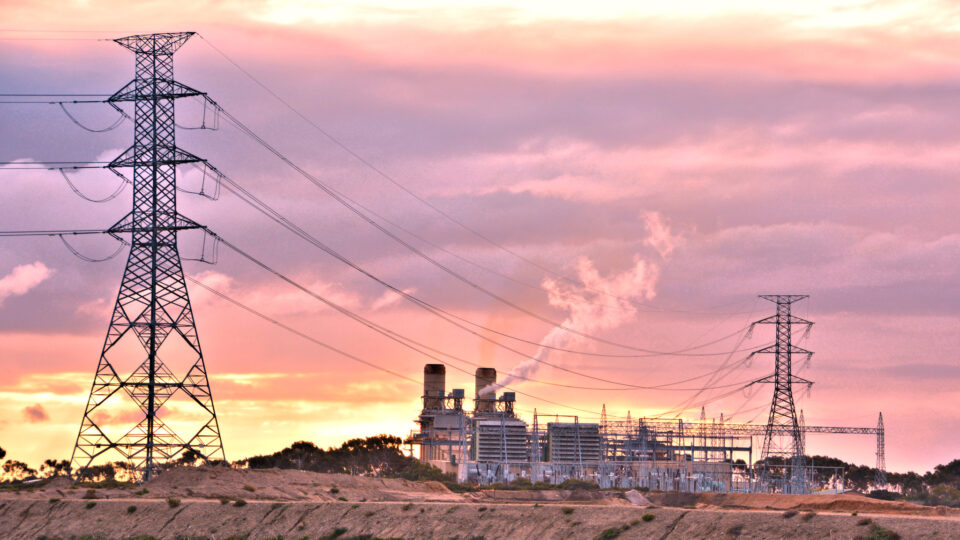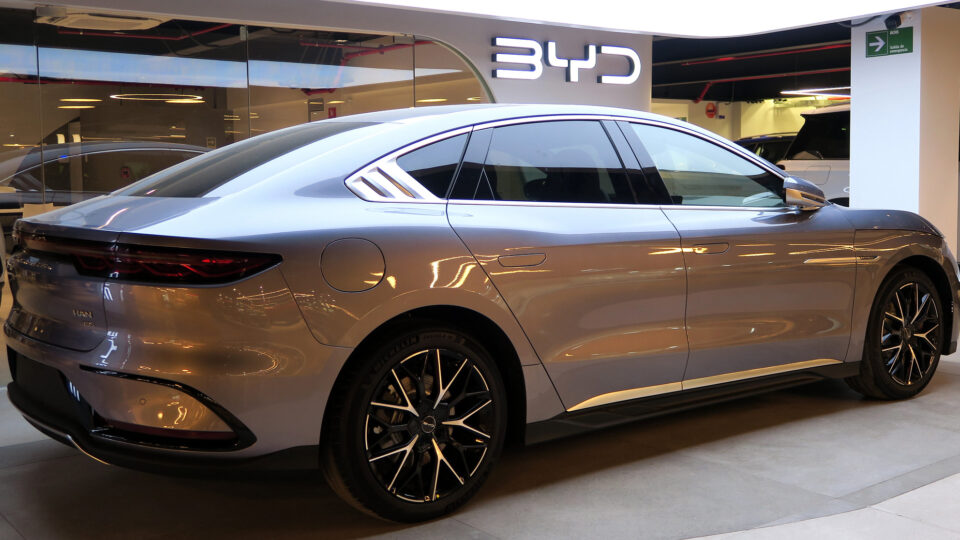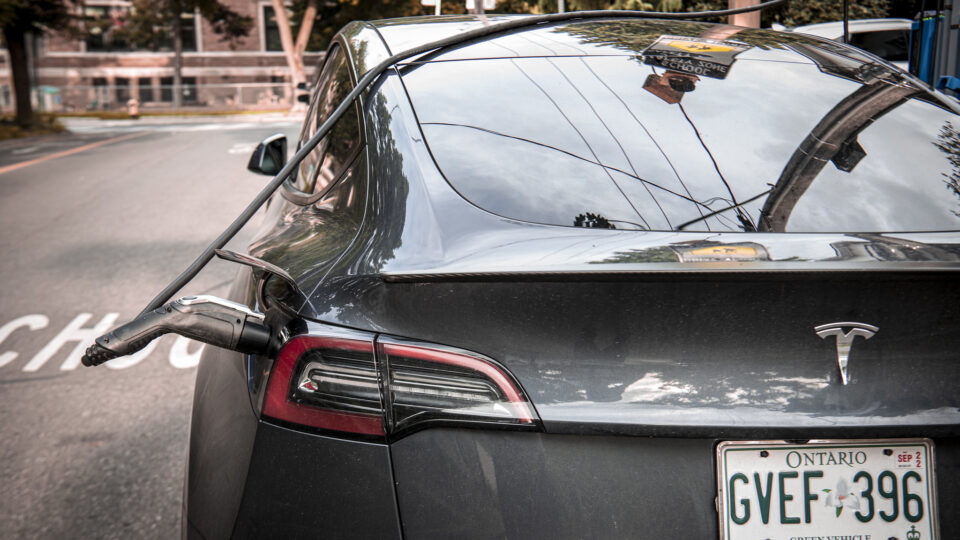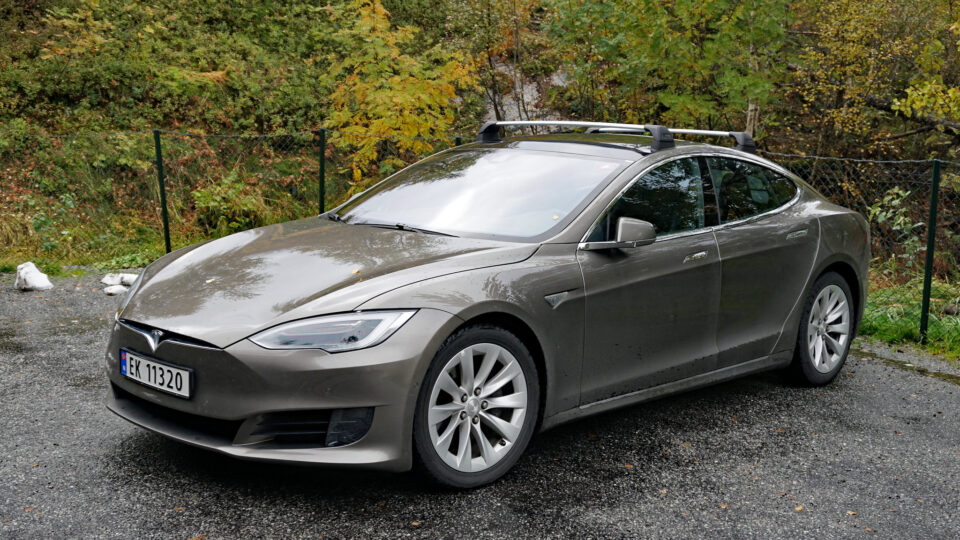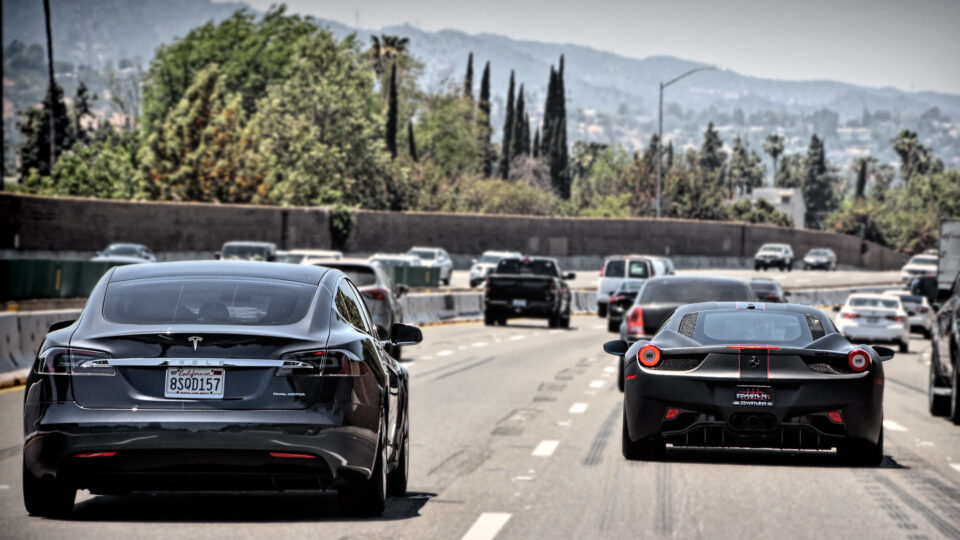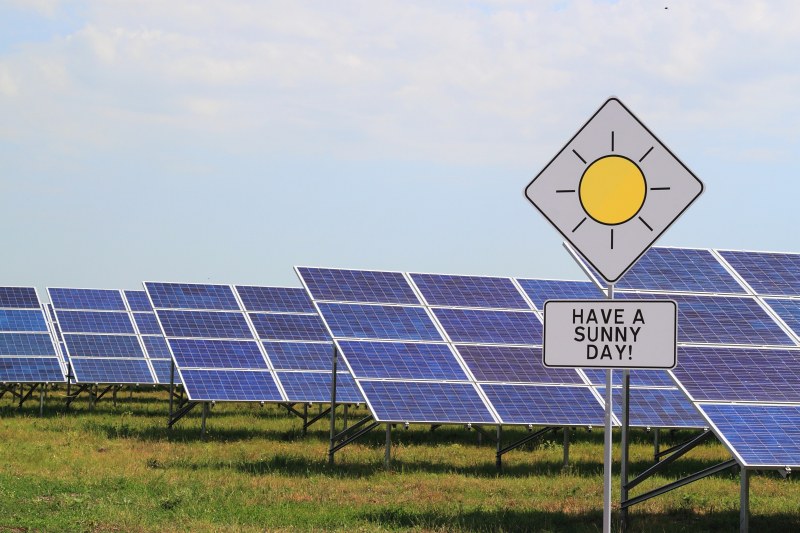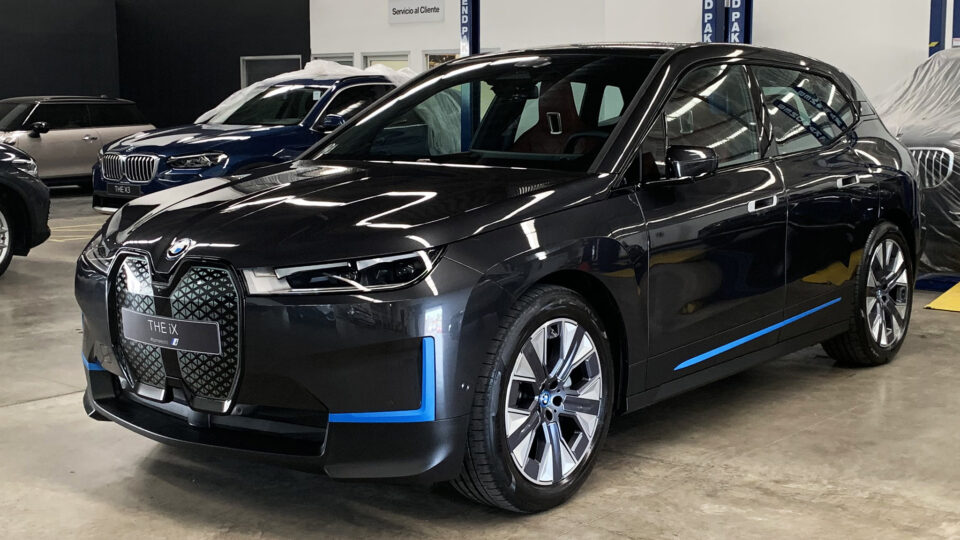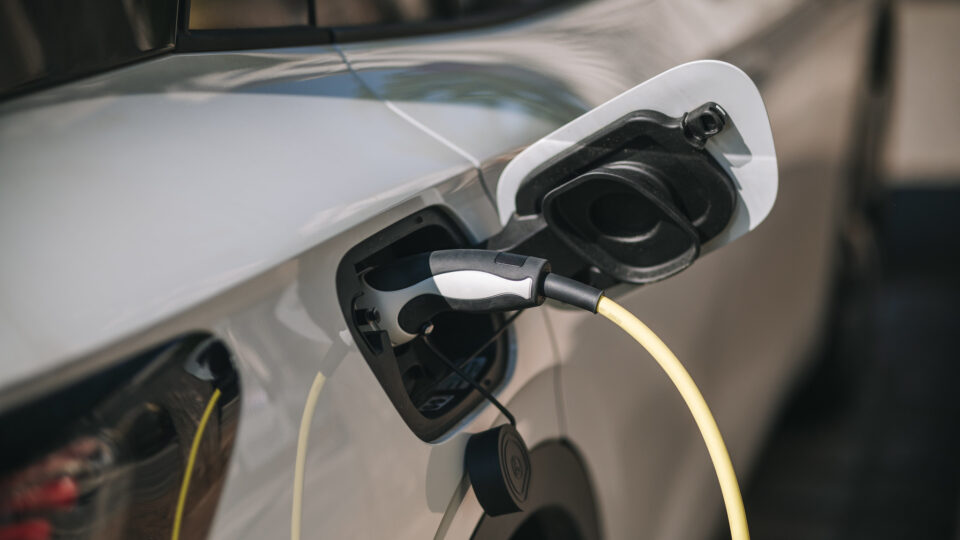Almost every nation in the world has pledged to reduce carbon dioxide emissions. There is expanding use of renewable energy sources and growing numbers of electric cars. But despite all this, carbon dioxide emissions from fossil fuels rose again in 2023, reaching record levels.
The world’s population continues to grow and nations with large, rapidly growing populations are becoming increasingly industrialized and are embracing more and more of the trappings of modern life. As a result, the global burning of oil, coal, and natural gas is increasing.
Analysis of 2023 date shows that emissions from fossil fuels rose 1.1 percent compared to 2022 levels. The total fossil fuel emissions in 2023 was 40 billion tons of carbon dioxide.
Clearly, the world continues to head in the wrong direction in order to limit global warming. The concentration of carbon dioxide in the atmosphere has increased from about 278 parts per million in 1750 – considered to be the start of the industrial era – to 420 parts per million in 2023.
The rise in heat-trapping carbon dioxide along with other greenhouse gases such as methane is the primary reason that the planet’s temperature is continuing to rise. The average global surface temperature in 2023 was 1.2 degrees Celsius – or 2.1 degrees Fahrenheit – higher than it was in the NASA baseline period of 1951-1980. Last year was the hottest year on record. Unfortunately, the rise in global ocean temperature was even larger, compounding the effects of global warming.
**********
Web Links
Emissions from Fossil Fuels Continue to Rise
Photo, posted June 22, 2020, courtesy of John Morton via Flickr.
Earth Wise is a production of WAMC Northeast Public Radio
